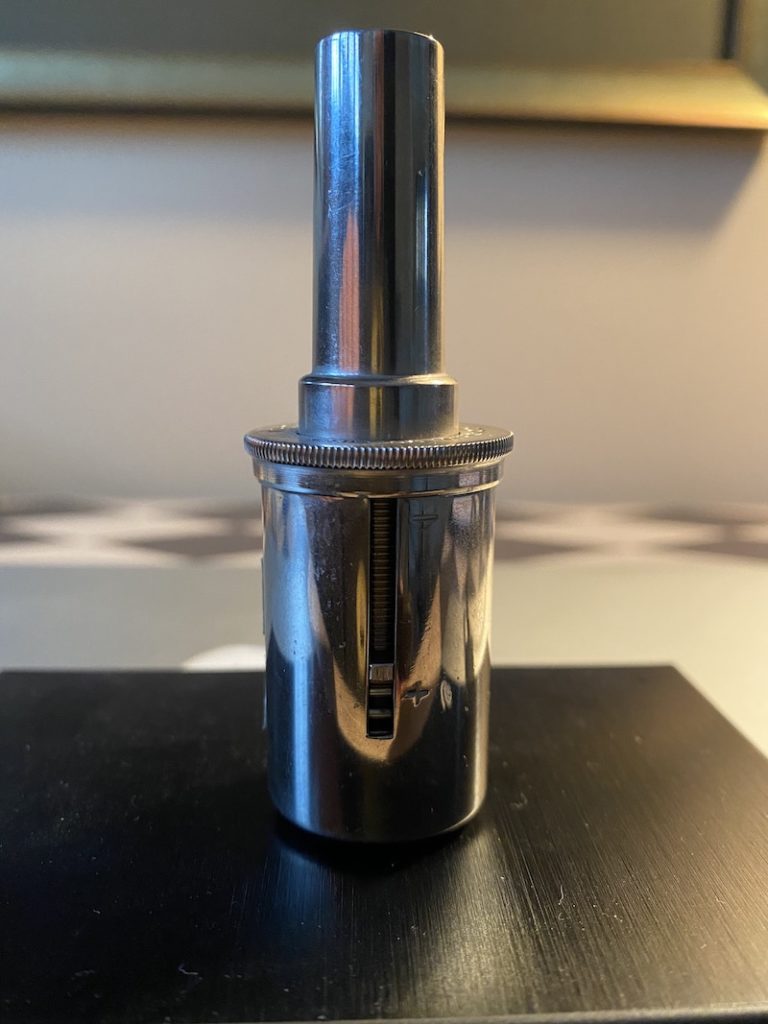I want to wish all my readers a happy and more healthy new year. Hopefully the pandemic which has shut just about everything down including our profession, will gradually rise out of the ashes like a Phoenix. It has given us however hopefully a chance to spend time on the things we might not get a chance to address in normal times; a review and strengthening of basics in our instrumental playing. I believe that not enough time is spent on basics because we all want to get to the “flashy” stuff, like lots of notes, high, low, fast, loud etc. It is surprising that some of the people we think of as displaying this type of virtuosic playing spent much of their practice time on fundamentals, (Rafael Mendez comes to mind.)
Before we delve into another dry, scholarly dissertation on fundamentals, I want to completely turn things upside down with a strong negative concept, which under the right circumstances can be every bit as valuable as a positive idea. So let’s have a look at what I think is a prime example of this.

I call this “the stomach tightener.” It is a contraption that goes between the mouthpiece and receiver and is spring loaded to not allow the embouchure to have anything but the faintest contact with the mouthpiece. If the slightest contact with the embouchure is applied the spring is engaged and the air is ejected through the side and no sound is produced. It is beautifully made and even has an adjustment that very slightly changes the resistance of the spring. At its strongest setting it does not allow anything but the slightest contact even on the softest middle and low register notes.
A few generations ago this idea seems to have had a following in some parts of the brass playing world. The phrase “firm foundation” has a nice ring to it, but in recent times (hopefully) it has been assigned to the dustbin of history (please!). Of course mouthpiece buzzing is a completely different aid and is a great tool in obtaining the optimum result/effort equation. Also valuable is a receiver outside of the instrument which the mouthpiece fits into to mimic playing the horn but actually only playing the mouthpiece. These aids are radically different from the “stomach tightener” because they allow for the right balance between mouthpiece contact and the task to be accomplished. Playing a brass instrument efficiently requires a multitude of equations consisting of subtly changing the balance between mouthpiece contact and register movement, airflow, dynamic, etc. Therefore, one solution to an infinitely complex problem couldn’t possibly account for all the variables encountered in playing a brass instrument with close to ultimate efficiency. Every register, dynamic, and note speed demands minute adjustments in the amount of contact with the mouthpiece. Playing a high Bb or C requires a completely different set of actions than would be required for a middle Bb or F.
Recent brass pedagogy has informed us that the old “no pressure” system has serious flaws and doesn’t take into account the delicate balance between embouchure and mouthpiece contact necessary to produce the most beautiful, resonant stress-free sound. If the right balance is not achieved in regards to contact with the mouthpiece, some other part of the body will take up that work resulting in a loss of resonance and a less than optimal sound. Generally speaking, doing as much work from the chin up will result in the most resonant sound. Some part of the body must provide the energy to produce sound. No one can produce sound while being completely relaxed. The crucial element is which part will take up that responsibility. Doing as much work from the embouchure area allows for the torso and appenditures to act as resonating chambers, if they are relaxed and without tension. A relaxed slide arm will allow the air to flow freely and continuously. A fast air stream can take out the necessity of jerking the slide from position to position to avoid smeariness.
In conclusion, I am advocating doing as much work as possible from the embouchure area, including the exactly the right amount of contact with the mouthpiece; not too much, not too little. How do we know? The sound will tell you! What kind of sound is that? A sound that is not dark, not bright, not big, not small, but pure, meaning it’s 99.999% core with as few foreign elements as possible. As Jean Sibelius once said, “other composers manufacture cocktails, I brew pure cold water.”